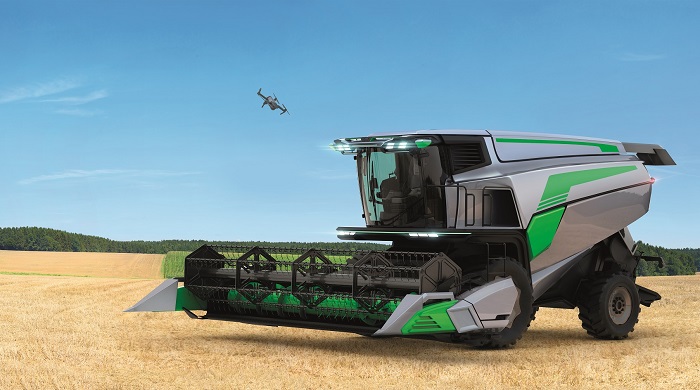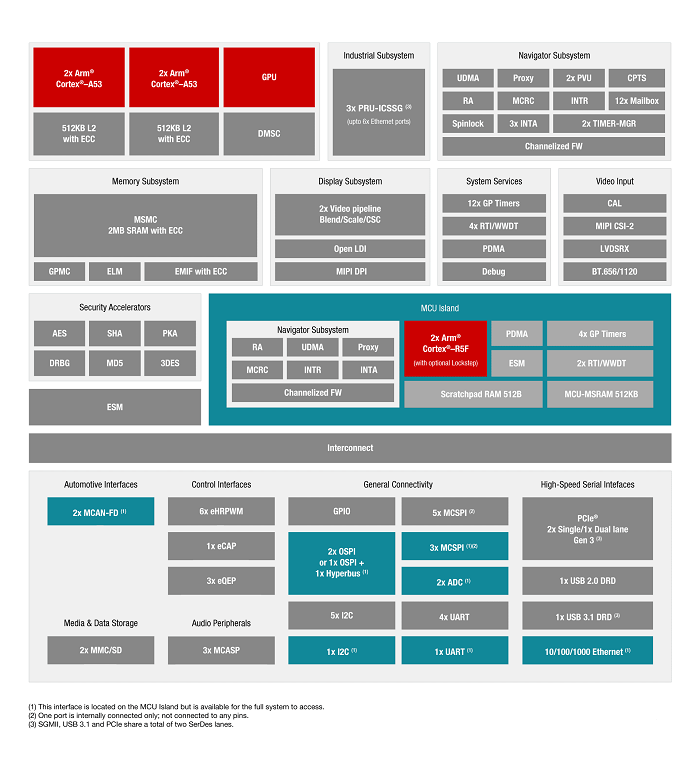By Majeed Ahmad, contributing writer
Industry 4.0 has come a long way since the buzzword was coined at the Hannover Fair in 2011. The journey toward smart manufacturing continues, but what have really made a difference in recent years are the takeoff of the internet of things (IoT) and the advent of artificial intelligence (AI) solutions.
Here, it’s worth mentioning that in 2012, General Electric coined the term industrial internet for a multitude of industrial devices intelligently connected to create systems that could monitor, collect, exchange, analyze, and deliver valuable insights. Eventually, the notions of Industry 4.0 and industrial internet began to converge, culminating in the industrial IoT or IIoT.
Whatever it’s called, Industry 4.0 or IIoT, the underlying goal is the realization of the fourth industrial revolution after the steam engine, conveyor belt, and information technology (IT) aided by cutting-edge electronics. It takes manufacturing and process automation to a whole new level in which the factories of tomorrow will build connected systems comprising sensors, actuators, and control systems, all linked through different types of networks via the internet protocol (IP).

Fig. 1: Industry 4.0 marks the next level of digital transformation. (Image: Texas Instruments)
What’s also accelerating the Industry 4.0 movement is the integration of AI applications such as fault detection and classification. The combination of IoT and AI technologies is changing the way engineers can manage data, disseminate information, and make real-time decisions in production environments. The use of machine-learning algorithms and robot-based process handling can further optimize modern manufacturing with huge savings in cost and worker-hours.
A practical manifestation of Industry 4.0 can be seen at General Electric’s factory in Schenectady, New York. The manufacturing facility for sodium-nickel batteries has installed more than 10,000 sensors scattered across 180,000 square feet of manufacturing space. All of these sensors are connected via high-speed Ethernet.
That brings us to one of the fundamental building blocks of Industry 4.0 designs: connected sensors.
Internet of sensors
Sensors connected via wired or wireless links form the backbone of an Industry 4.0 or IIoT system. The machine data that sensors deliver to the cloud can optimize manufacturing, predict failures, schedule maintenance, and automatically replenish inventory.
What’s new in sensors in the Industry 4.0 realm is the convergence of localization and communication for creating precise, indoor-location systems. That allows factories to monitor tools in real time and manage their use by workers to improve efficiency, safety, security, and quality control on assembly lines.
These high-precision and location-aware systems use smart wireless sensor solutions. Take the example of Smart Cab, which sensor supplier Bosch has developed in collaboration with CAB Concept Cluster (CCC). It integrates cameras and drones in agricultural vehicles and turns them into connected control centers in the field.

Fig. 2: Beyond smart manufacturing, the Industry 4.0 initiative is expanding into other areas like connected farming. (Image: CAB Concept Cluster)
This solution provides farmers with detailed pictures of crop conditions taken by camera drones and later processed in the cloud. The camera drones can also perform object recognition to warn farmers about live obstacles like deer. Moreover, farmers can perform specific functions such as adjusting nozzle settings according to weather or soil conditions.
Bosch also claims to have improved the productivity of its ABS/ESP braking-system manufacturing at its Blaichach, Germany, plant by recording the movement of cylinders, the cycle times of grippers, and the temperature and pressure levels in the manufacturing process. The data collected from RFID tags is delivered to massive databases that digitally map the internal flow of goods.
Industry 4.0 chips
Semiconductor devices are another key ingredient in Industry 4.0 and IIoT designs. That includes processors for edge computing, memory for data storage, data converters, and wired or wireless connectivity chips for remote sensing and cloud platform links.
One example is the Sitara AM6x processor family from Texas Instruments (TI) that enables gigabit industrial communications subsystems for factory automation, motor drives, and grid infrastructure. The processors are built around the convergence of Ethernet and real-time data traffic on a single network. And they support multiple protocols, including time-sensitive networking (TSN), EtherCAT, Ethernet/IP, and PROFINET

Fig. 3: A block diagram of the Sitara AM6548 multi-protocol processor, which offers gigabit throughputs for industrial connectivity standards like TSN. (Image: Texas Instruments)
This TSN-enabled processor integrates a dual-core Arm Cortex-R5F-based microcontroller (MCU) subsystem that can operate in an optional lockstep mode and supports error correcting code (ECC) protection for both on-chip memory and external double-data-rate (DDR) memory. These features allow the processor to boost security and reduce system-level complexity for applications such as programmable logic controllers (PLC) and multi-axis motor drives.
The Industry 4.0 platforms are increasingly demanding high-performance PLCs complemented with secure connectivity and human-machine interfaces (HMIs). It’s also imperative that PLCs shrink in form factor and process value chain, while increasing the number of I/O channels, both analog and digital. These PLCs will need to support new I/O protocols such as IO-Link.
In addition, the advent of powerful system-on-chip (SoC) solutions is enabling the creation of digital twins, which pair virtual and physical worlds and create data pools that map and link together all the steps of industrial manufacturing. These cyber–physical systems create a virtual copy of the physical world and thus make monitoring physical processes less expensive and more efficient.
Factory of the future
Industry 4.0 promises a renaissance on the manufacturing floor with end-to-end sensor solutions and services. It facilitates smarter decisions, increasing operational efficiencies, improving yield, boosting engineering productivity, and substantially driving business performance.
The reality of Industry 4.0 is finally starting to move forward with an acceleration in the availability of IoT sensors, big data, and AI applications. According to a Gartner Inc. report, in 2018, there were more than 6 billion IoT devices in the field, and the numbers are anticipated to grow to more than 20 billion by 2022.
The factory of the future is slowly but steadily taking shape with more powerful processing nodes, more automated production processes, and smarter data analytics tools capable of processing and analyzing massive amounts of factory data in near real time. It’s becoming a reality, one IoT sensor solution at a time.
Advertisement
Learn more about Electronic Products MagazineTexas Instruments





